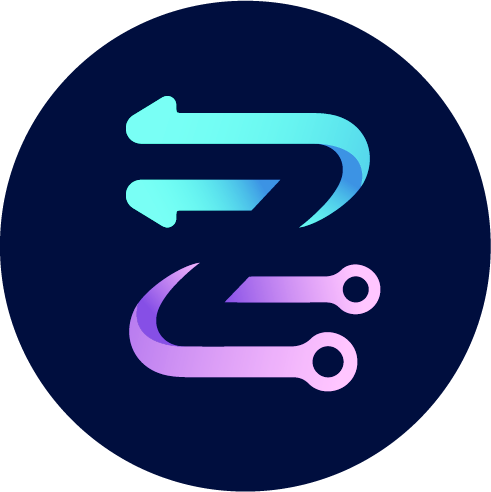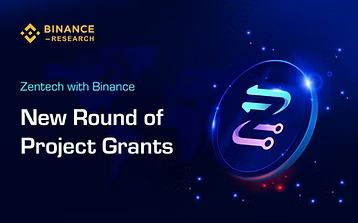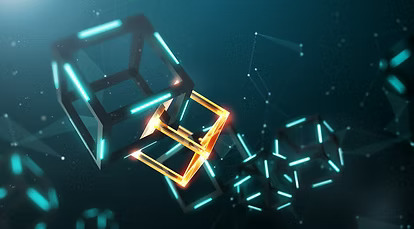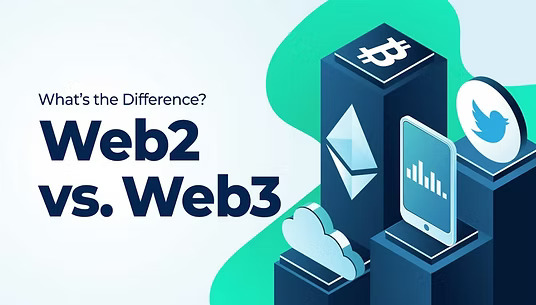When exploring crypto (cryptocurrency) and blockchain, you may encounter the terms Web 2.0 and Web 3.0. These are crucial concepts, especially for those wanting to understand the development of the Internet and how blockchain technology is changing the way we interact online. In this article, we will explore what Web 2.0 is, what Web 3.0 is, and the differences between them.
1. Web 2.0 – The Internet We Use Today
Web 2.0 is the next stage of development after Web 1.0, and it is the model of the internet that we are using today. Instead of just providing one-way information like Web 1.0, Web 2.0 allows users to interact and share information. For example, social networks like Facebook, Instagram, or video-sharing platforms like YouTube are all products of Web 2.0.
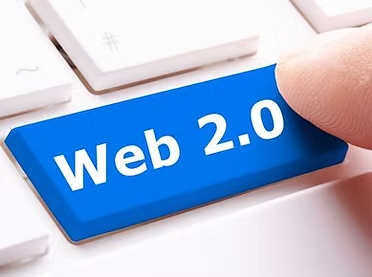
Key Features of Web 2.0:
- Interactivity: Users can create content, share information, and communicate with each other via online platforms.
- Cloud applications: Services like Google Drive or Dropbox allow users to store data online rather than on their personal computers.
- Business and advertising: Companies like Google, Facebook use user data to sell ads and build business models.
Web 2.0 has significantly enhanced the way we connect and share information online. However, there are major concerns about privacy and data control, which users don’t have full authority over.
2. Web 3.0 – A Decentralized and Free Internet
Web 3.0 is the next generation of Web 2.0 and is considered to revolutionize the way the internet operates. While Web 2.0 is primarily reliant on big companies controlling and managing data, Web 3.0 introduces a decentralized model, where users can control and own their data.
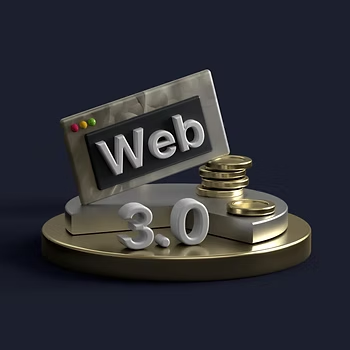
Key Features of Web 3.0:
- Decentralization: No single company or organization controls everything. Instead, data and transactions are stored on blockchains, enabling users to control their information without third-party intervention.
- Cryptocurrency and blockchain: Web 3.0 supports cryptocurrencies like Bitcoin, Ethereum, and blockchain-based applications, making transactions and online activities more transparent and secure.
- Artificial intelligence and machine learning (AI & ML): Web 3.0 will use AI and ML to better understand and respond to user requests intelligently. This can improve user experiences and optimize application performance.
- Decentralized applications (dApps): These are applications that do not rely on a central server but instead run on blockchain networks. For example, Uniswap – a decentralized exchange, allows users to trade cryptocurrency without relying on an intermediary.
3. The Differences Between Web 2.0 and Web 3.0
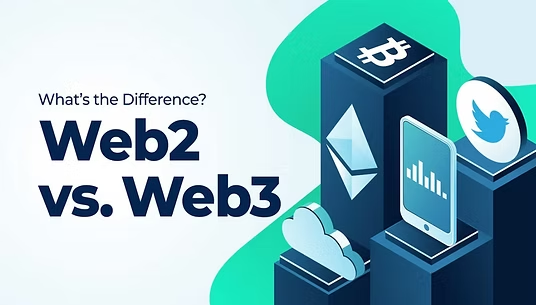
3.1. Data Management
- Web 2.0: Big companies like Facebook, Google, and Amazon store and control user data. These companies have access to all the data you share and can use it for running ads or analyzing user behavior.
- Web 3.0: Data is stored on blockchains and is decentralized. Users can control their personal data and only share it when they choose, without intervention from third parties.
3.2. Ownership and Control
- Web 2.0: Users do not fully own the platforms or their data. You use free services, but in exchange, you give up some control and privacy.
- Web 3.0: Users own and control their personal data. For instance, you can use cryptocurrency wallets to manage your assets without relying on banks or financial institutions.
3.3. Centralization vs. Decentralization
- Web 2.0: Online services are primarily run by a few large companies and organizations. All transactions and data must pass through their servers.
- Web 3.0: It is a decentralized system, where data and applications are not dependent on any single organization. People can directly participate in the network, for instance, through dApps or cryptocurrency transactions.
3.4. Transactions and Payments
- Web 2.0: Financial transactions typically go through banks, credit cards, or payment systems like PayPal.
- Web 3.0: Transactions can be made directly between individuals using cryptocurrency and DeFi (decentralized finance) platforms without needing banks as intermediaries.
4. Web 3.0 and Crypto – A Close Relationship
Web 3.0 is tightly connected with crypto and blockchain. Cryptocurrency transactions, decentralized applications (dApps), and DeFi are all applications of Web 3.0. The crypto market cannot grow without the support of Web 3.0 because both focus on decentralization and empowering users in terms of finances and information.
Examples of Web 3.0 in Crypto:
- Bitcoin: The first and most famous cryptocurrency operates on the blockchain. There is no central authority controlling Bitcoin, and users can transact directly without banks or intermediaries.
- Ethereum: Not only does Ethereum support cryptocurrency transactions, but it also provides a platform for building smart contracts and dApps, which are applications that run on blockchain networks without relying on central servers.
Web 2.0 has helped connect us and created a strong online world with many exciting applications, but it still has significant issues regarding privacy and data control. Web 3.0, with decentralized applications and the powerful growth of blockchain and crypto, brings a future where users will control their own data and participate in a decentralized financial system.
With the rise of Web 3.0, the crypto market will continue to expand and change how we interact with technology and finance. If you're learning about crypto and blockchain, understanding the difference between Web 2.0 and Web 3.0 will help you grasp the revolution Web 3.0 brings to the future of the Internet and finance.

